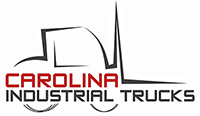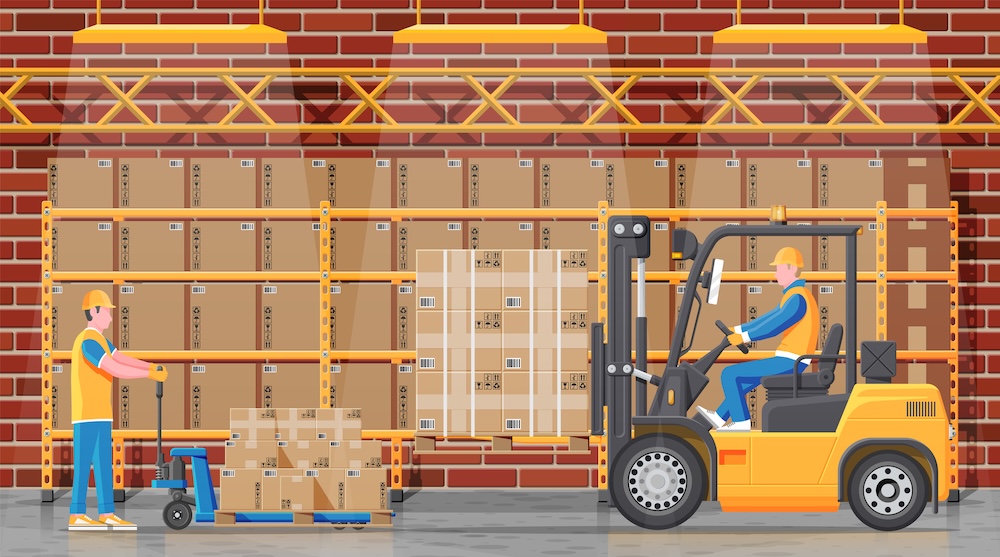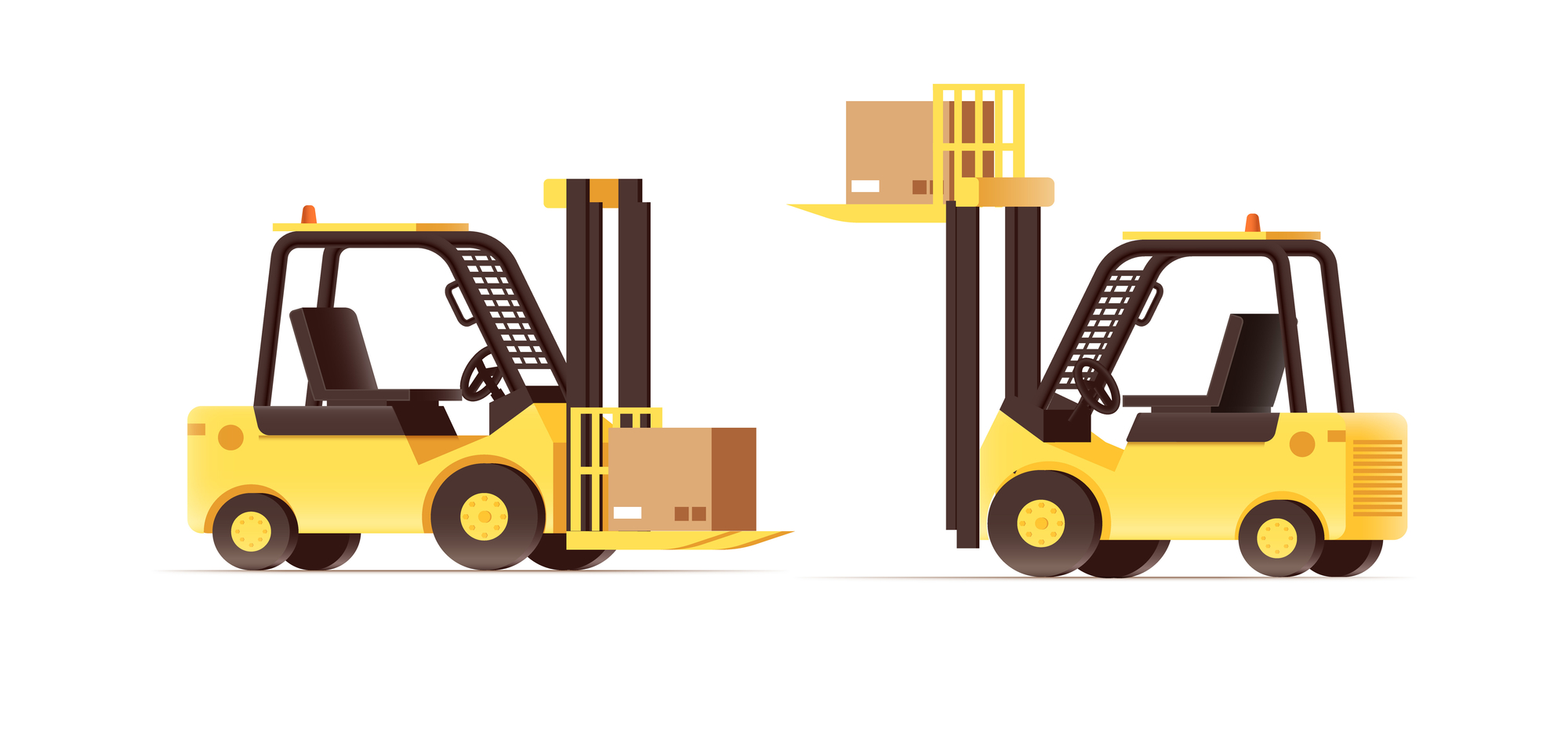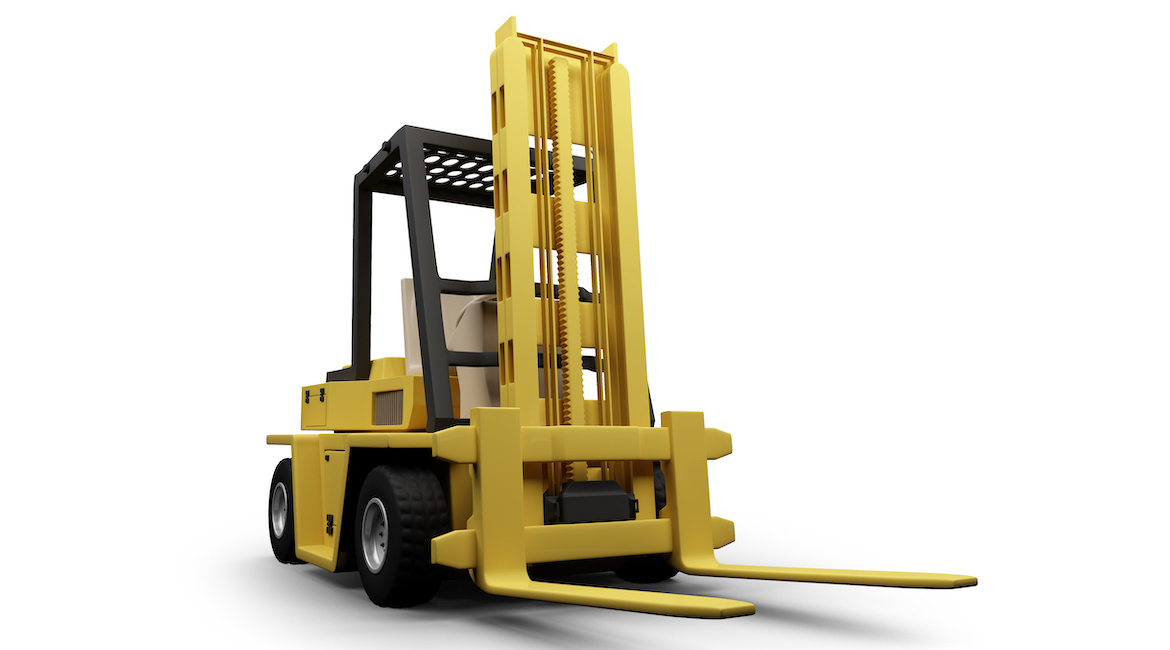7 Helpful Forklift Troubleshooting Tips
12/02/2019
CITrucks
For many professionals, forklift issues are detrimental to the smooth running of their business. But, unfortunately, as with any piece of machinery, problems are inevitable.
However, there are specific issues you can investigate and detect yourself. Some even have simple solutions.
Of course, there's also the option of contacting a forklift repair company. Many companies have them on-site; others work under a maintenance service contract, or you might have to hire the services of a third-party company.
But, in this article, we're going to present several forklift troubleshooting tips. Hopefully, these will help you to identify the problems your machine is suffering from, as well as an appropriate solution.
So, let's dive in!
The Forklift Doesn't Start
It's possible your forklift needs a change of fuel or the battery is dead. Despite how common and simple it may sound; these issues are fairly common.
Depending on whether you operate an electric or internal combustion forklift, the problems you will face will likely be different.
First, you should check if other elements of the forklift are working. Turn on the lights and check the horn. This will tell you if the issue is with the battery, or something else.
If it's an electric forklift, check when it was last charged. You should also ensure its plugged-in correctly when it was left to charge. Incorrect socket connection not only fails to charge the machine but, in some instances, can also damage the battery.
Internal combustion forklifts should have their fuel tanks checked. Consider when was the last time the fuel was changed. It's also a good idea to check the machine for leaks. Check the oil levels and make sure they are at moderate levels.
Alternatively, the alternator could be the reason why your forklift's faulty. It's easiest to spot this issue when the engine starts but dies soon after. If that happens, the alternator may not be keeping the battery charged and needs replacing.
Or, if you've left the engine in the cold for a while, that could also be the reason why the forklift isn't starting. So, try moving the machine to a warmer locale and attempt to start it again after the engine's warmed a bit.
There may be a chance the forklift requires a specific distribution of weight on the seat before it this safety feature will allow the forklift to start. Be sure to sit fully on the seat and try starting the forklift again.
Issues with the Battery
The battery is another reason why the forklift might be operating poorly, either on an internal combustion engine or an electric lift. The simplest solution would be to remove the battery and put a new one in. Also, check the battery for any possible corrosions.
You may also perform the capacity test on the battery. If the readings show less than 80 percent, consider replacing it for optimal performance.
The battery on an electric forklift might sometimes overheat when you try to charge it. This can mean that electrolyte levels are low. To solve this, add water.
Faulty Forklift Parts
Maintenance problems are harder to explain. Without a professional, forklift troubleshooting relating to the parts of the forklift can be difficult. However, specific steps will allow you to isolate the underlying issues associated with the mechanical parts.
If you have trouble steering and navigating the machine, there's a chance the forklift has a steering problem. A fluid leak can cause this.
If the machine is moving strangely, check the tires. It might seem minor, such as slight wear or missing rubber, you still can't overlook it. Improper care can make your tires deflate. In extreme cases, damaged tires can cause an accident.
Faulty Hydraulics
Your forklift may be working, but there could still be an issue with the lift mechanism. This can happen when a hose is damaged, and the fluids are leaking.
To detect it, try to run a new cloth over the lines. If there's a leak in the machine, the fabric will come off dirty, and you will be able to isolate the problem.
You could also use the same method on the lift cylinders of the forklift. If you detect the excess of oil, it means that seals may be damaged, or the cylinders could have damage to them.
In both cases, you should replace the damaged parts of the forklift.
Engine Overheating
Another of the more common problems forklift troubleshooting can help identify is an overheating engine. Radiator blockage could be the cause of this. Dirt and dust can gather in ports of a radiator; this can make the engine overheat.
An air blower or using water can help to clean out the debris. Try to protect radiator and fan blades during the procedure. Should the overheating continue, check if the radiator has corrosion. If so, replace it.
Overheating can also happen due to a thermostat. It's a part of the cooling system that's supposed to prevent overheating. If the part is not working correctly, replace the thermostat.
Contact a Specialist
The ultimate solution is to contact a forklift repair technician. If you feel like the problem is more significant than you can handle, you should call the specialist to identify and fix the problem.
This is especially relevant to more prolific issues, such as engine problems or hydraulic issues.
You should supply the technician with a model and a serial number to find suitable parts and replacements. Using unfit part in the machinery might harm the forklift in the long run.
Ready to Try These Forklift Troubleshooting Tips?
All in all, maintaining your forklift helps to prevent issues caused by wear and tear. Of course, the machine's age and usage can also influence problems that arise. The older the forklift is, the more likely it needs replacement parts.
We hope these forklift troubleshooting tips help you fix your problem. But, if you need further assistance, please contact us today, and we'll see what we can do to get your machine back up and running!





